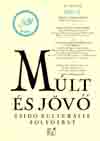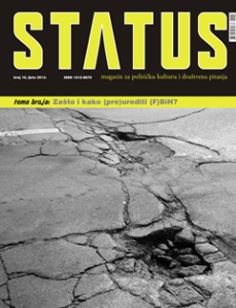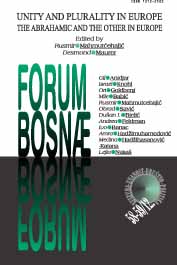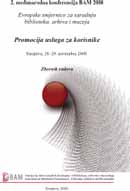Politics of Memory and Institutional Change: Remembering the German Democratic Republic at the Museum Europäischer Kulturen
While repeatedly mentioned in studies concerning the history of museums, the role that public ethnographic museums play in the politics of remembrance and in the cultural commemoration of authoritarian and dictatorial regimes has, to date, has not been extensively studied. The present paper contributes to the debate concerning the function of such museums in processes of memory politics in Europe after 1989, with the help of one concrete example: the transformation of the Museum für Volkskunde (Museum of Folklore) and the Abteilung Europa des Museums für Völkerkunde (the European Department of the Museum of Ethnology, Berlin) into the Museum Europäischer Kulturen – Staatliche Museen zu Berlin (Museum of European Cultures – National Museums in Berlin) in 1999. Its focus is the changing significance of ethnographic collections associated with the German Democratic Republic (GDR) in terms of their role in the memory politics after German reunification. The analysis draws predominately on archival material and publications on the history (of collections) of the Museum of European Cultures, the particular cultural politics context, as well as interviews with experts.
More...



